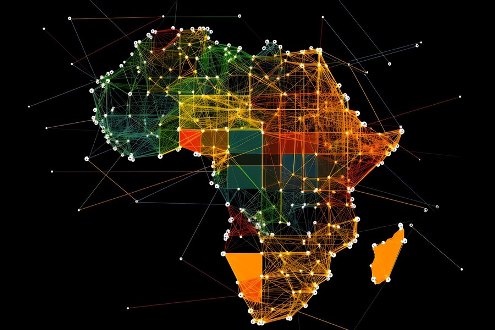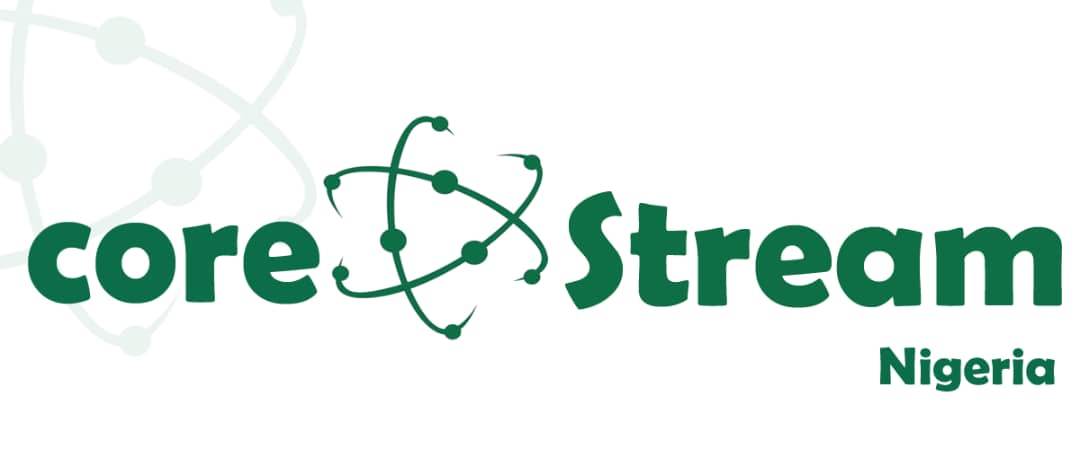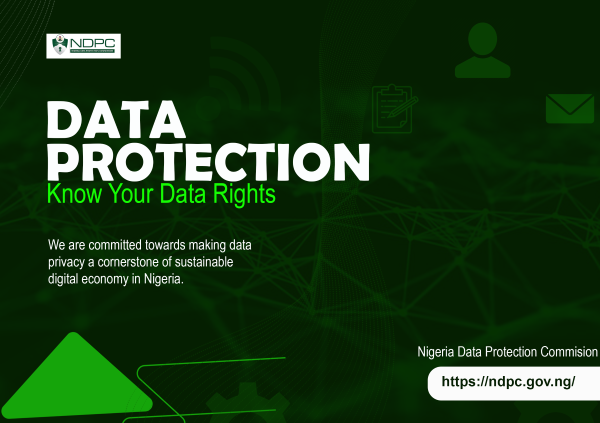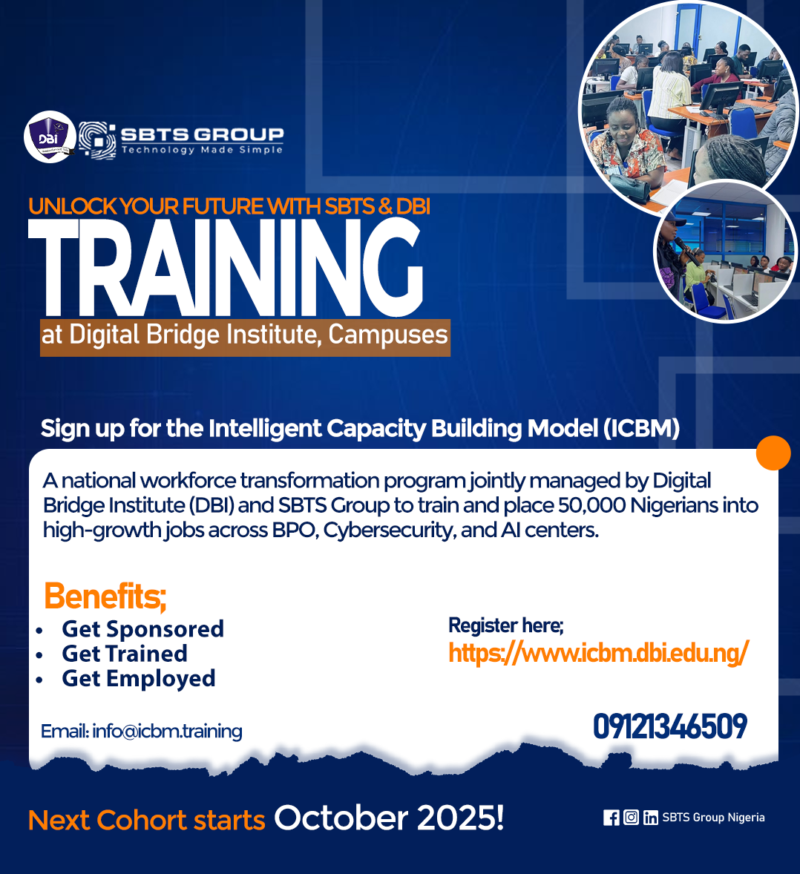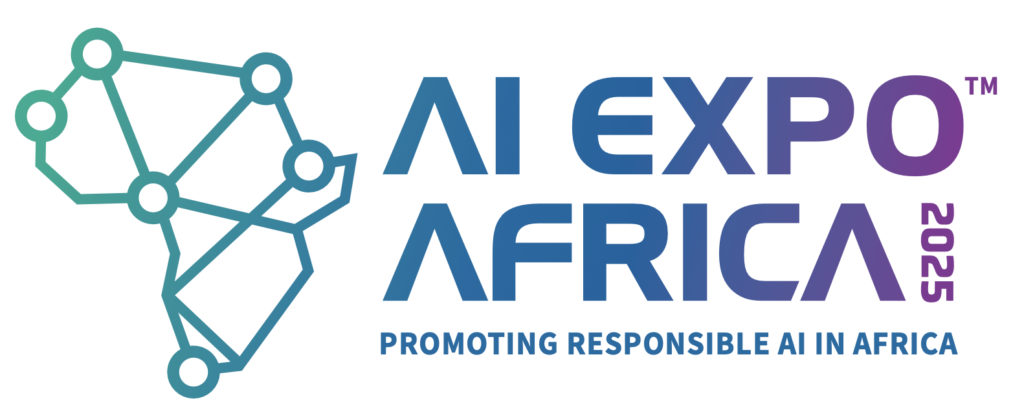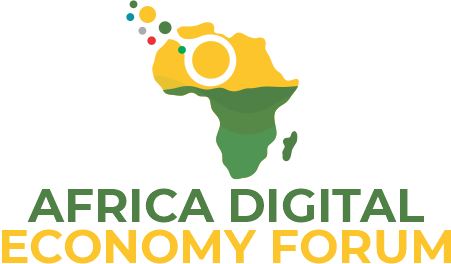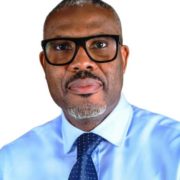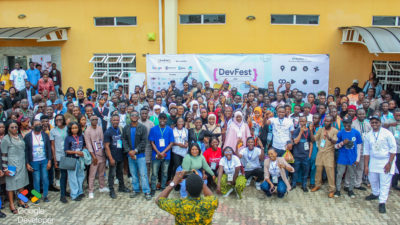By Safia Sayad, Head of Cloud & Network Services Sales, North & West Africa at Nokia
A new chapter is unfolding for Africa’s networks — one that will redefine how they operate, adapt, and evolve to meet the continent’s unique connectivity challenges and opportunities. For decades, communications infrastructure on the continent, as elsewhere, has been designed to respond to human commands — following instructions, executing scripts, and delivering services exactly as programmed. But a new era is emerging where networks won’t just follow orders — they’ll sense, decide, and act entirely on their own.
RELATED: Vitel Wireless, Nigeria’s first MVNO marks new era of telecom market liberalisation
This is not science fiction. It’s the reality of AI-driven autonomous networks, capable of self-healing, self-optimising, and self-scaling in real time. The implications for African operators, enterprises, and citizens are profound: fewer outages in remote and rural regions, faster adaptation to surging demand in fast-growing cities, lower operational costs for infrastructure providers, and unprecedented agility in delivering services to new and underserved markets. In short, Africa is moving from networks that are managed to networks that manage themselves. At Nokia, we call this evolution Networks That Sense, Think, and Act™.
From automation to autonomy
Until now, automation in African telecoms has largely been about speeding up repetitive tasks and reducing human error — important, but incremental gains. AI changes that equation entirely. It enables networks to make independent, context-aware decisions that respond to Africa’s diverse environments, whether that’s maintaining uptime through a power outage in a rural base station or dynamically re-routing capacity to handle spikes in mobile payments and video traffic in urban hubs.
Self-healing capabilities allow networks to detect and fix issues before they disrupt services — a vital capability in regions where maintenance crews may be hours or even days away. Self-optimising functions fine-tune performance dynamically, adjusting to traffic conditions, energy requirements, and service priorities. Self-scaling ensures resources are available exactly when and where they’re needed, without costly overprovisioning — critical in markets where affordability is as important as performance.
The intelligence layer that changes everything
One of the biggest barriers to autonomy in Africa has been fragmentation. Networks often integrate equipment from multiple vendors over many years, with each system holding its own silo of data. AI-driven architectures are now bridging those divides, creating unifying intelligence layers that combine analytics, observability, automation, and security across every domain.
By embedding AI into cloud-native, software-defined, and containerised network environments, intelligence can operate seamlessly across radio, core, transport, and edge. This makes it possible to support Africa’s digital priorities, whether it’s scaling IoT deployments in agriculture, balancing XR learning applications in education, or rolling out new fintech services in a market where mobile money dominates.
Analytics that pay for themselves
The case for AI in African networks is not just technical — it’s economic. Predictive analytics can identify performance degradations before they cause service disruption, which is especially valuable in regions with limited redundancy. Energy-optimisation algorithms can power down unused network elements without impacting service quality — a significant advantage in areas where electricity costs are high or supply is unreliable. Real-time visibility into both physical and virtual assets allows operators to optimise resources across large and diverse geographies, from dense coastal cities to sparsely populated inland regions.
The result is a network that not only runs better but also costs less to operate — freeing up capital for further investment in coverage expansion and service innovation.
Breaking down the adoption barriers
Despite the clear benefits, AI adoption in Africa is not without its challenges. Many operators face deeply siloed data, uncertainty about trusting AI-driven decisions, and a shortage of local expertise to manage and evolve these systems. Addressing these barriers requires industry collaboration to establish interoperable data platforms, transparent AI decision-making, and comprehensive training to prepare operations teams for an AI-first future.
Resilience and experience: Two sides of the same coin
AI is also fundamentally changing the way resilience and customer experience are managed in Africa. Networks that can detect faults before they happen, pinpoint root causes in seconds, and reroute or rebalance traffic instantly are not just more reliable — they are also better at delivering a consistently high-quality user experience. This matters in markets where digital adoption is accelerating and user expectations for uninterrupted mobile banking, e-learning, and streaming services are rapidly rising.
Looking ahead
AI will become increasingly embedded in the DNA of Africa’s networks — enabling them to interpret context, anticipate demand, and adapt to conditions almost instinctively.
Nokia sees AI not as a mere enhancement, but as the defining catalyst for the next generation of networks — Networks That Sense, Think, and Act™. This vision is about far more than automation; it’s about creating living, learning infrastructures that adapt in real time, deliver flawless experiences, and operate with unprecedented efficiency. By embedding AI into the very fabric of its network solutions, Nokia is building systems that are autonomous, adaptive, intelligent, and inherently sustainable. In an era where connectivity underpins economic growth, innovation, and societal progress, this approach ensures that operators can meet the surging demands of a hyper-connected world — delivering exceptional value to their customers while optimising resources and shaping the networks of tomorrow.

